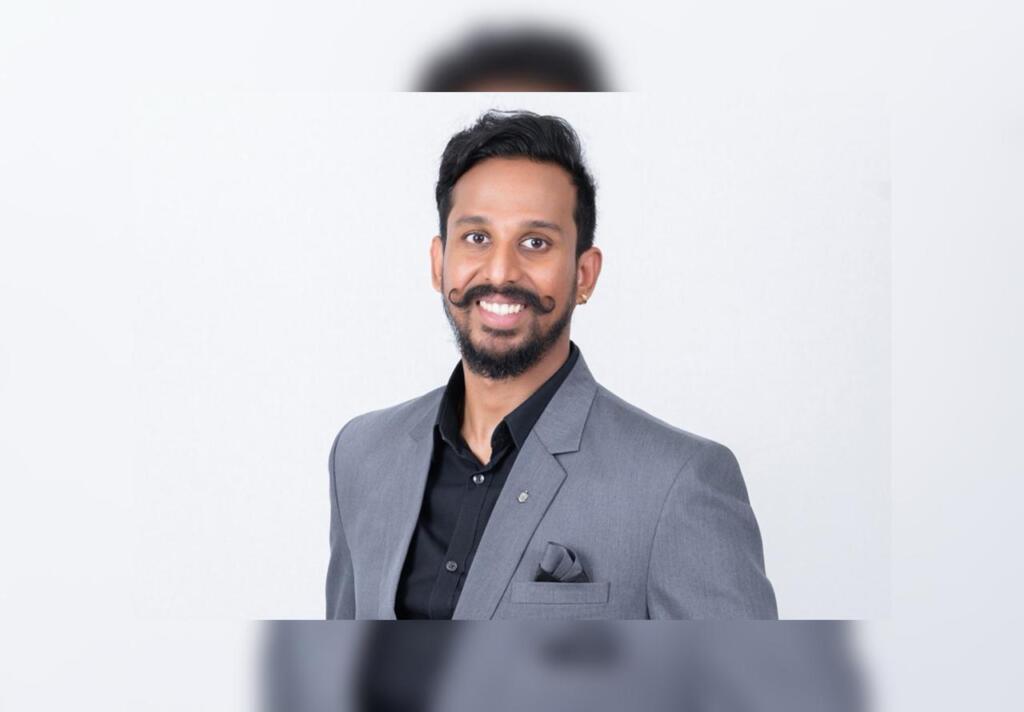Greeks used to consider water as one of the fundamental elements of living and some of the most famous and developed civilizations like Egypt, and Greece were developed at the shores of water to aid in their civilization. Water is required for our daily sustenance, but nowadays some areas face water scarcity, which has become an ever-growing concern, particularly in drought-stricken regions. One innovative engineer is attempting to solve the problem of water scarcity with his pioneering approach to automated water leak detection. Satyaveda Somepalli, a seasoned expert in the water utilities industry, has developed tech solutions to the problem that are helping communities conserve this precious resource while also saving money.
Somepalli’s journey began several years ago when he recognized the immense challenges faced by water providers in his local area. “Water is often taken for granted, but the reality is that even in developed countries, it can be a scarce commodity, depending on the region,” he explains.
Drawing on his extensive experience working with various water-related municipalities and public utilities, primarily on the West Coast of the United States, Somepalli set out to tackle this problem head-on. He quickly realized that the key to effective water conservation lay in obtaining granular, real-time data about water usage and leaks.
“Traditionally, utilities would rely on periodic meter readings or customer reports to detect leaks,” Somepalli says. “But by the time these issues were identified, the damage was often already done, both in terms of wasted water and increased costs for the consumer.” To address this, Somepalli developed an automated system that continuously monitors water usage patterns, instantly flagging any anomalies that could indicate a leak.
The results have been impressive. Somepalli’s solutions have enabled utility companies to proactively identify and address leaks, often before customers even realize there’s an issue. This approach of tackling the root causes of a problem not only saves water but also helps consumers avoid the financial burden of undetected leaks, which can lead to astronomical bills.
One of Somepalli’s proudest achievements has been the opportunity to share his approach and its outcomes with other utility companies at a user group conference in early 2024.
However, given the benefits, there have been some problems as well. “Data integrity and availability have been significant challenges in my area of work. Ensuring that data is both present and reliable is crucial”, says Somepalli. Depending on how the utility receives customer readings, there can be gaps or not-so-useful data. This was not widely recognized at the beginning of the projects. Once these constraints were understood, he built contingencies into the solutions to achieve desired outcomes. This included understanding trends in usage and leaks and promptly notifying the utility’s customers.
Somepalli’s work has established him as a trusted advisor to his client organizations, solidifying his role as a key player in the water conservation arena. “The automation I helped build saved not only man hours but also made customers aware of their potential leaks which the utility company in turn received accolades and appreciation for,” says Somepalli.
Looking at the current trends, Somepalli is confident that his innovative approach will continue to gain traction as water scarcity becomes an increasingly pressing issue. “I foresee utility companies, including those in the water sector, investing in infrastructure to obtain such visibility. This investment will enable them to better serve their customers and conserve existing resources,” he says.
He further emphasises, that anomalies in households can easily be overlooked, as most leaks usually do not meet the common leak thresholds unless specifically investigated. This is where granular interval data (e.g., hourly, 30/15/5-minute reads) becomes crucial. With this data, utility companies and consumers can gain visibility and insights into micro-trends that may indicate anomalies, such as leaks. Noticing micro trends is important in water conservation as if left unnoticed they can result in larger problems.
As the water crisis intensifies, Satyaveda Somepalli’s automated water leak detection system stands as an example of how technology can be leveraged to confront some of the most pressing challenges of our time. With his unwavering dedication and innovative thinking, Somepalli is poised to leave a mark on the future of water conservation.
